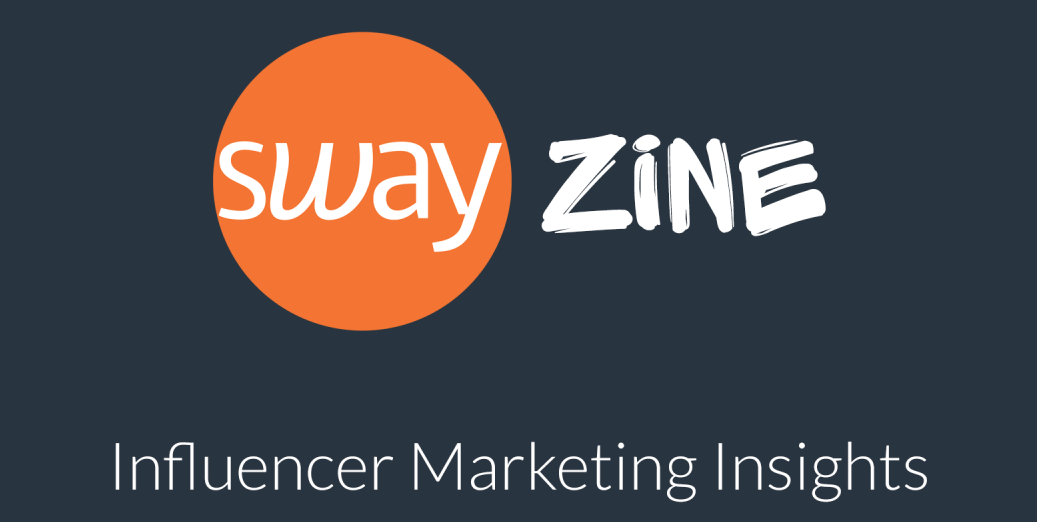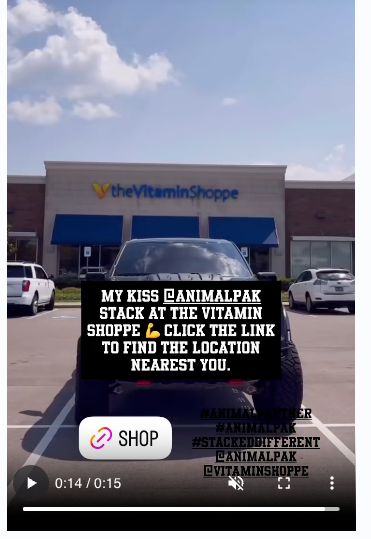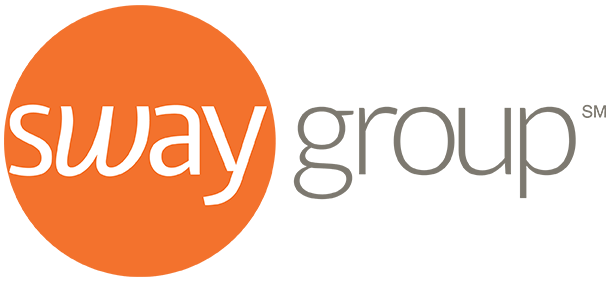
Launching in a new retail store is a big deal. Whether you’re trying to sell a few pallets in Costco, kill a regional test at Trader Joe’s, or promote a new SKU at Sam’s Club, you likely only have a small window to prove that your product belongs there.
Influencers can make that window a whole lot bigger. The right creator strategy can bring real people into real aisles, ready to buy.
Here’s what our team has learned after helping dozens of brands use influencer marketing to drive retail success.
Retail-Specific Creators Are Gold
Every major retailer has its own little creator ecosystem. Costco has @costcodeals, @costcosisters, and @costco_doesitagain. Trader Joe’s has @TraderJoesList and @traderjoesobsessed. Sam’s Club has creators like @samsclubdeals.
These creators have loyal audiences who live for new product finds. Their followers are not casually browsing. They are waiting for a reason to head to the store.
It’s important to understand, though, that these folks don’t work quite like your typical lifestyle influencer.
- They usually don’t offer exclusivity because they post about everything in their store.
- Their rates can be higher, but that’s because their audience is primed to shop.
- Their content isn’t about beautiful storytelling. It’s about “this is what I found, and here’s where to grab it.”
It’s functional content, but it works.
Lifestyle Influencers Still Matter
Just because your launch is focused on a single store, you don’t have to forgo lifestyle influencers. In fact, we have found them to be tremendously successful for retail-specific campaigns! On a campaign we ran last year to promote a launch in regional Costco stores, our highest performing piece of content was from a lifestyle influencer who posts about all sorts of things.
Creators who have already shared hauls or “favorites” from your retailer tend to perform best. They already have credibility with that audience, and their content blends product discovery with a little more storytelling.
A well-shot kitchen demo or morning routine that starts with “I picked this up at Costco last week” feels both authentic and aspirational.

Parking Lot Photos Are a Thing (and They’re Great)
It sounds funny, but one of the most reliable pieces of content is a simple photo of a creator holding your product in the parking lot with the store sign behind them. It signals that the product is available right now and makes the post instantly recognizable to fans of that retailer.
If you get in-store shots too, even better. Just make sure you’re working with someone experienced in that environment. The lighting is rarely flattering, shoppers are everywhere, and some managers get nervous about filming.
Always clear influencer shoots through corporate if possible. The extra coordination saves a lot of headaches.
Don’t Skip Paid Support
If your launch is limited to one region or a handful of stores, you need amplification. Boost the creator content to people near those specific locations.
Geo-targeting turns awareness into actual traffic. You’re not paying to reach everyone, just the people who can walk into that store and buy.
A good rule of thumb is to budget as much for amplification as you do for the creator fees. When your campaign area is small, your dollars go further, and frequency matters more than reach.
Measuring What Really Matters
When you’re trying to prove success to a retailer, vanity metrics don’t mean much.
Track things like store locator clicks, QR code scans, or changes in foot traffic in specific regions. If you can access sales velocity data, even better.
Retailers care about movement on the shelf. Your influencer strategy should, too.
A Quick Note on Costco Launches
If you’re launching at Costco, you already know how high the stakes are. Smaller brands often start with limited distribution in one area. If that sells through quickly, it can open the door to a national rollout.
We’ve seen influencer programs make the difference between a one-and-done run and a permanent spot in the warehouse. Pairing Costco-specific creators with lifestyle voices who can extend awareness is a proven path to early success.
The Bottom Line
Influencer marketing can be the difference between your product sitting quietly on a shelf and flying off it.
Use creators who know the store, secure permissions early, budget for paid media, and always include that hero shot in the parking lot.
When all those pieces come together, you get the kind of campaign that makes retailers take notice.
Danielle
